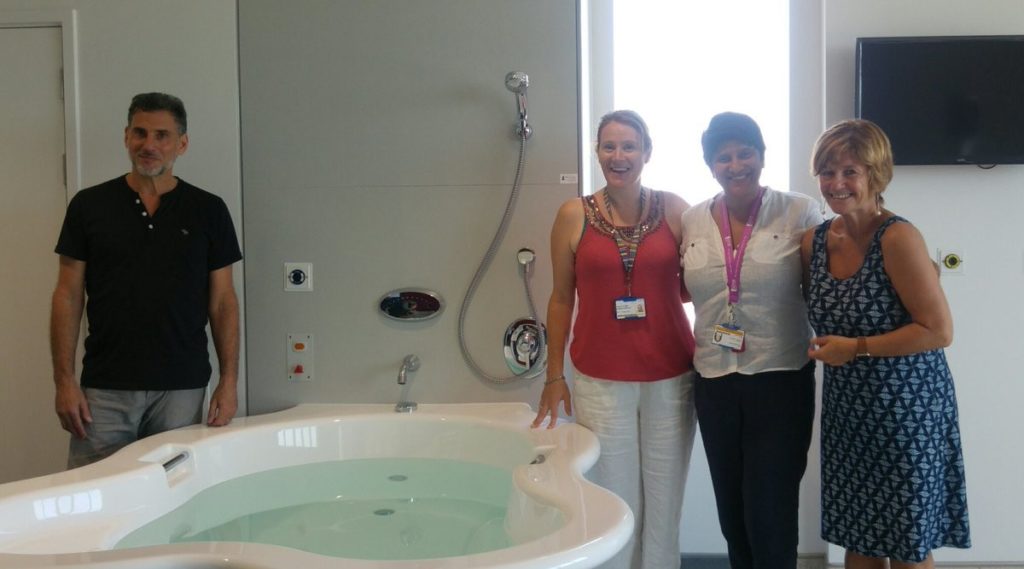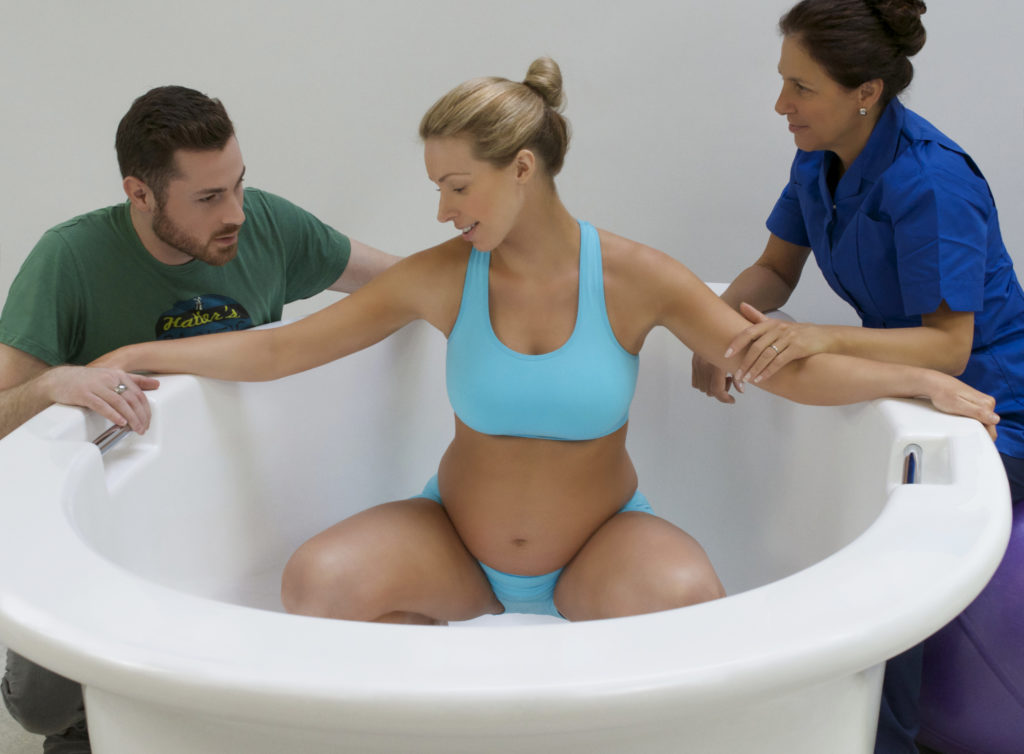August 21, 1999 should be remembered as a landmark in the history of water birth.
On that day the British Medical Journal published an unprecedented study about “the perinatal mortality and morbidity among babies delivered [sic] in water” (1).
This study is authoritative for several reasons:
- The conclusions are based on large numbers: the authors traced the 4,032 babies born
under water in England and Wales between April 1994 and March 1996. - The authors belong to a prestigious department of epidemiology and public health
(Institute of Child Health, London, United Kingdom). - The report has been published in a respected peer review medical journal.
Methods
In order to convince anyone of the seriousness of this study, all midwives should be aware of the sophisticated methods used by the London epidemiologists.
Several inquiries were combined in order to eliminate the effects of under-reporting.
From April 1994 to April 1996, all 1,500 consultant pediatricians in the British Isles were surveyed each month by the “British Paediatric Surveillance Unit” and asked to report whether or not they knew of any births that met the case definition of “perinatal death or admission for special care within 48 hours of birth following labour or delivery in water.”
The findings were compared with reports to the confidential inquiry into stillbirths and death in infancy (a mandatory notification scheme).
At the same time a postal questionnaire was sent to all National Health Service (NHS) maternity units in England and Wales in 1995 and again in 1996 to determine the total number of deliveries in water during the study period.
Results
The main results can be easily summarized and remembered.
There were five perinatal deaths among 4,032 births in water; that is a rate of 1.2 per 1,000. In the context of the United Kingdom this rate is similar for low risk deliveries that do not take place in water.
Furthermore, none of these five deaths were attributable to delivery in water: one stillbirth was diagnosed before immersion; another stillbirth occurred after a concealed pregnancy and unattended homebirth with no previous prenatal care; one baby died aged three days with neonatal herpes infection; one died aged thirty minutes with an intracranial hemorrahage after precipitate delivery; and another one, who died aged eight hours, was found to have hypoplastic lungs at postmortem examination.
There were thirty-four babies admitted for special care; that is a rate of 8.4 per 1,000.
Rates of admission for special care of babies born to low risk primiparous women are significantly higher than for babies born in water.
Birth in water may have caused water aspiration in two babies.
Comments
Compared with well known anecdotes, such as one case of neonatal polycythemia reported in The Lancet in 1997(2), this survey of more than 4,000 babies born (rather than delivered!) in water has been paradoxically ignored by the media, the medical circles and the natural childbirth movement as well.
However, it undoubtedly represents a landmark in the history of the use of water during labour.
From now on midwives should not be the prisoners of strict protocols.
Updated flexible guidelines should accept that “in any hospital where a pool is in daily use a birth under water is bound to happen now and then”(3).
Midwives are far less anxious and invasive wherever a birth under water is considered acceptable if the woman does not have the time or is reluctant to get out of the water during a powerful “fetus ejection reflex.”
The first effect of this study should be to change the focus.
An opportunity is given to recall that the main reason for the birthing pools is to facilitate the birth process and to reduce the need for drugs and other intervention.
In order to control the current epidemic of epidurals the point is to divulge a small number of simple updated recommendations in order to make the most effective use of birthing pools.
Updated recommendations
The main recommendations are based on the fact that immersion in water at the temperature of the body tends to facilitate the birth process during a limited length of time (in the region of an hour or two).
This simple fact is confirmed by clinical observation and by the results of a Swedish randomised controlled study suggesting that women who enter the bath at five centimetres or after (“late bath group”) have a short labour and a reduced need for oxytocin administration and epidural analgesia (4).
Physiologists can offer interpretations.
The common response to immersion is a redistribution of blood volume (more blood in the chest) that stimulates the release by specialized heart cells of the atrial natriuretic peptide (ANP).
The inhibitory effect of ANP on the activity of the posterior pituitary gland is slow, in the region of one to two hours (5).
When a woman is in labour this inhibitory effect is preceded by an analgesic effect that is associated with lower levels of stress hormones and increased release of oxytocin.
Furthermore it is partly via a release of oxytocin that the redistribution of blood volume stimulates the specialized heart cells.
The first practical recommendation is to give great importance to the time when the laboring woman enters the pool.
Experienced midwives have many tricks at their disposal to help women be patient enough so that they can ideally wait until five centimetres dilation.
A shower, that more often as not implies complete privacy, is an example of what the midwife can suggest while waiting.
The BMJ survey clearly indicates that many women stay too long in the bath (the average time was in the region of three hours for women who gave birth in water!).
One reason is that many of them enter the bath long before five centimetres.
The second recommendation is to avoid planning a birth under water.
When a woman has planned a birth under water she may be the prisoner of her project; she is tempted to stay in the bath while the contractions are getting weaker, with the risk of long second and third stages.
There are no such risks when a birth under water follows a short series of irresistible contractions.
The recommendations regarding the temperature should not be overlooked.
It is easy to check that the water temperature is never above 37° C (the temperature of the maternal body).
Two cases of neonatal deaths have been reported after immersion during labor in prolonged hot baths (39.7° C in one case) (6).
The proposed interpretation was that the fetuses had reached high temperatures (the temperature of a fetus is 1° higher than the maternal temperature) and could not meet their increased needs in oxygen.
The fetus has a problem of heat elimination.
At the dawn of a new phase in the history of childbirth one can anticipate that, if a small number of simple recommendations are taken into account, the use of water during labor will seriously compete with epidural anesthesia.
Then helping women to be patient enough and enter the pool at the right time will appear as a new aspect of the art of midwifery.
Michel Odent, MD founded the Primal Health Research Centre in London and developed the maternity unit in Pithiviers, France, where birthing pools are used. He is the author of ten books published in twenty languages. Two of them—Birth Reborn and The Nature of Birth and Breastfeeding—were published originally in the United States. His most recent book is The Caesarean.










